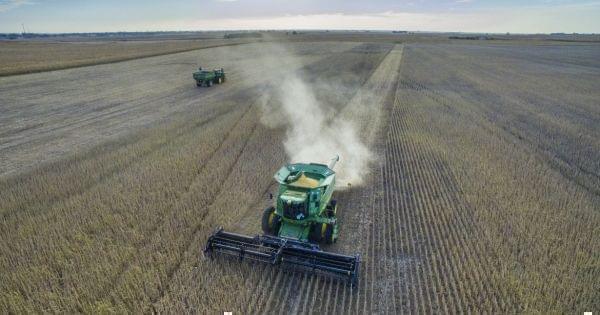Farm Income Down, Crop Insurance Costs Up

Central Illinois farmers harvest corn on Sept. 25, 2015. Darrell Hoemann / Midwest Center for Investigative Reporting
Farm income is expected to drop for the third straight year, according to projections from the U.S. Department of Agriculture. Fortunately for farmers, there’s insurance for that.
Traditionally, crop insurance protected farmers against yield losses when disastrous weather hit corn, soybeans and other crops.
But newer, more complex policies now allow farmers to insure their revenue in case the price of a crop plummets on the commodities market. That's important because this year is projected to be the least profitable growing season for farmers in over a decade.
Federal data shows that revenue-protection policies have rapidly grown in popularity.
Still, some policymakers argue that the program’s price tag has grown too costly. The federal cost of crop insurance has skyrocketed from about $3 billion per year in the early 2000s to now more than $8 billion per year.
A big part of that cost is because farmers only pay about 40 percent of their insurance premiums… The government subsidizes the rest.
In Illinois, for example, farmers pay an average of about $15 an acre for their share of the premium. Taxpayer funds add another $19 an acre.
The cost of crop insurance is likely to be one of the many issues policymakers discuss during the next round of Farm Bill talks, which are already heating up.

